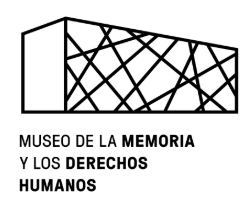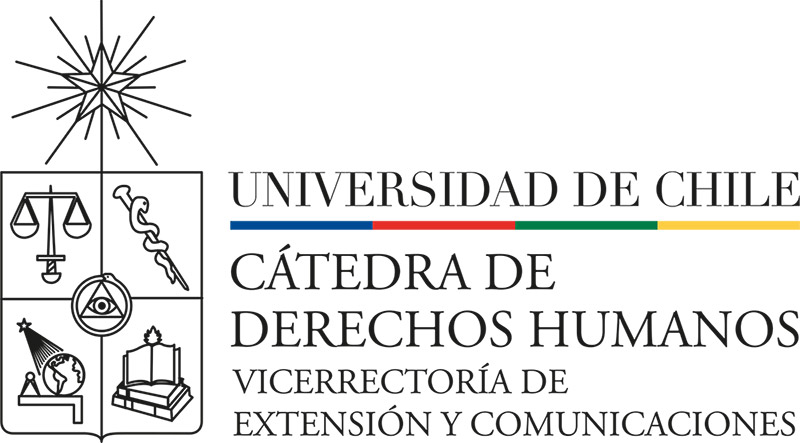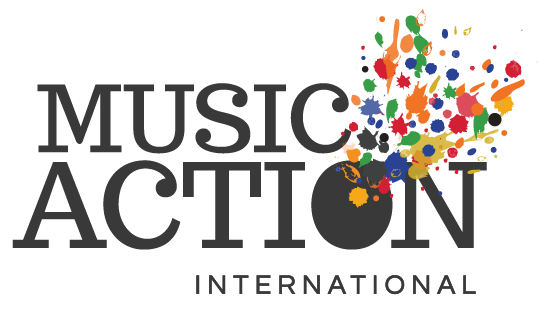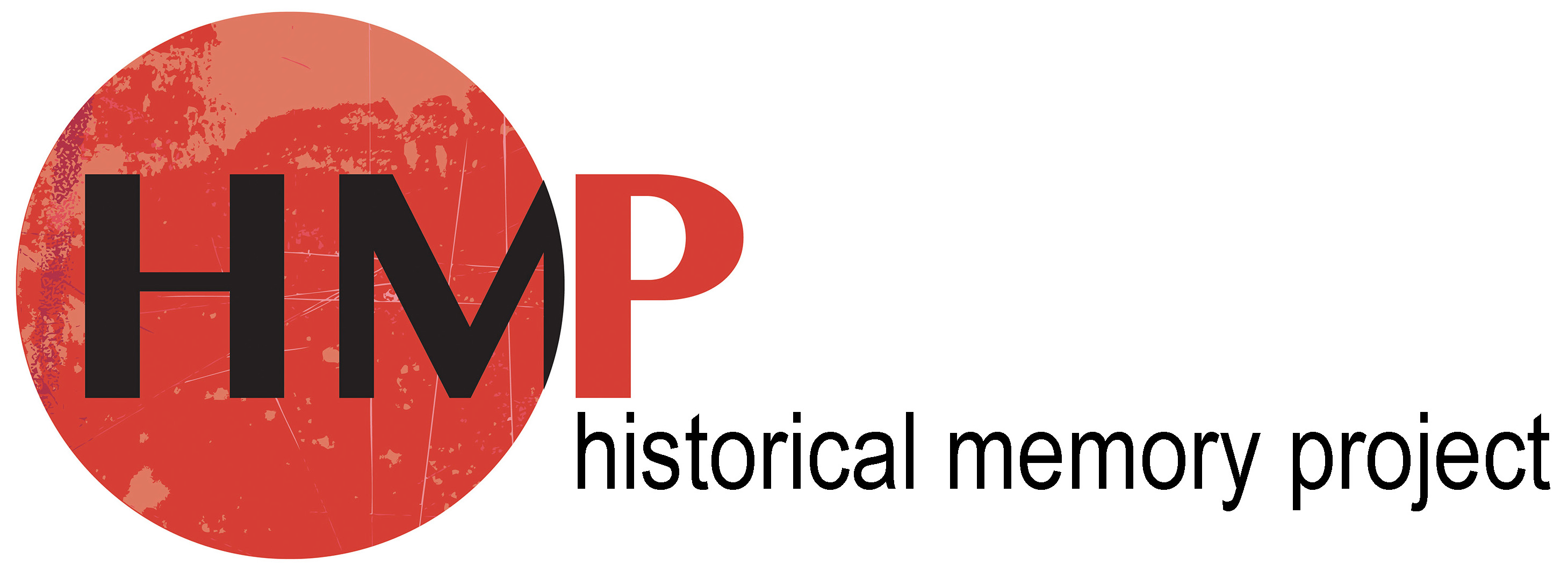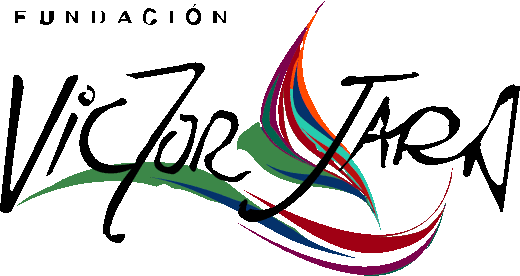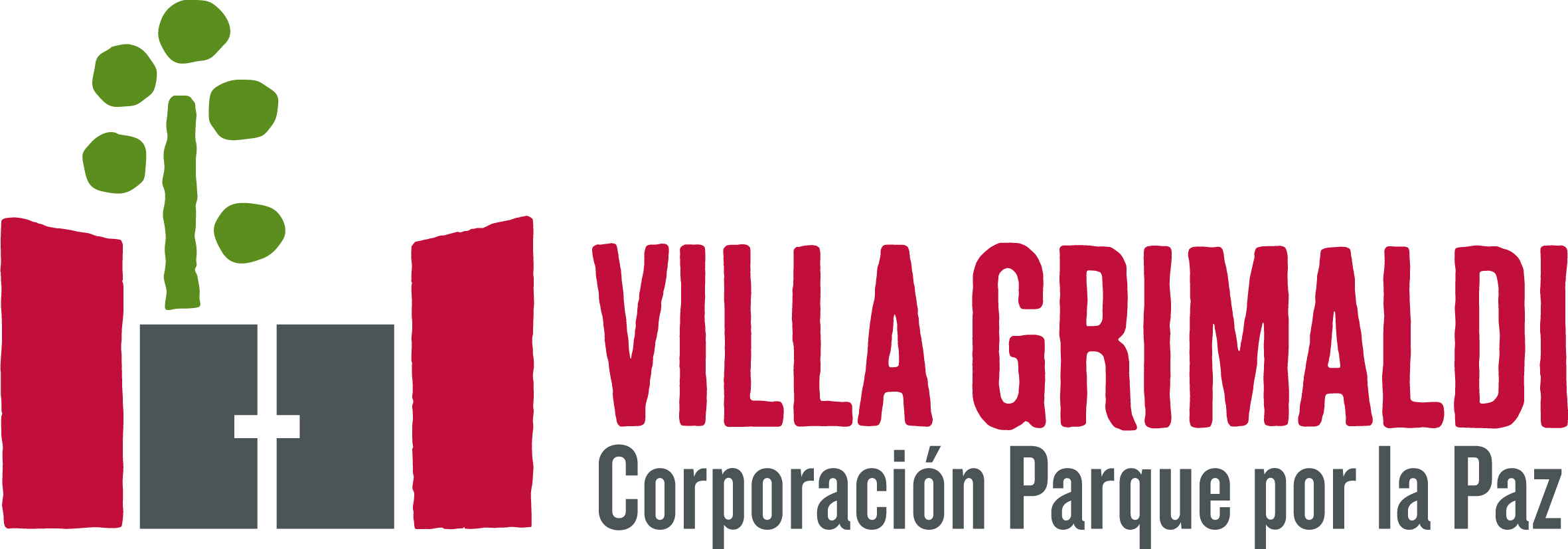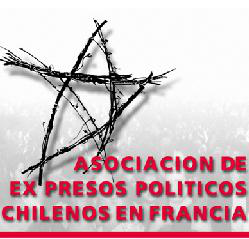 Cantos Cautivos
Cantos Cautivos
186 results where found for «Alfonsina and the Sea»
Chacabuco Mass (Misa chacabucana)
Music piece by:
Ángel Parra and Ariel Ramírez
Testimony by:
Luis Cifuentes Seves
Experience in:
Campamento de Prisioneros Chacabuco, January - February 1974
Tags:
Music piece by:
Manuel Casazola Huancco
Testimony by:
Luis Cifuentes Seves
Experience in:
Campamento de Prisioneros Chacabuco, January – February 1974
Tags:
Music piece by:
lyrics: collective creation; music: 'Jálame la pitita' by Luis Abanto Morales (Peruvian polka)
Testimony by:
María Cecilia Marchant Rubilar
Experience in:
Cárcel de Mujeres Buen Pastor, La Serena, September 1973 - January 1974
Tags:
What Will the Holy Father Say (Qué dirá el Santo Padre)
Music piece by:
Violeta Parra
Testimony by:
María Cecilia Marchant Rubilar
Experience in:
Cárcel de Mujeres Buen Pastor, La Serena, September 1973 - January 1974
Tags:
Music piece by:
Text from Agnus Dei (Roman Catholic Mass); music by Wolfgang Amadeus Mozart
Testimony by:
Lucía Chirinos
Experience in:
Cárcel de Mujeres Buen Pastor, La Serena, October 1973 - April 1974
Tags:
Music piece by:
unknown. Folk tune from the Andes highlands
Testimony by:
Guillermo Orrego Valdebenito
Experience in:
Tags:
How We Resemble Each Other (En qué nos parecemos)
Music piece by:
Unknown. Popularised by Quilapayún
Testimony by:
Scarlett Mathieu
Experience in:
Tags:
Music piece by:
Roberto Cantoral
Testimony by:
Ana María Arenas
Experience in:
Calle Irán Nº 3037 / Venda Sexy / La Discotheque, December 1974
Tags:
Cantata Santa María de Iquique
Music piece by:
Luis Advis
Testimony by:
Alfonso Padilla Silva
Experience in:
Tags:
The Dance of Those Left Behind (El baile de los que sobran)
Music piece by:
Los Prisioneros
Testimony by:
Eduardo Andrés Arancibia Ortiz
Experience in:
Cárcel de Santiago, 1986
Tags:
